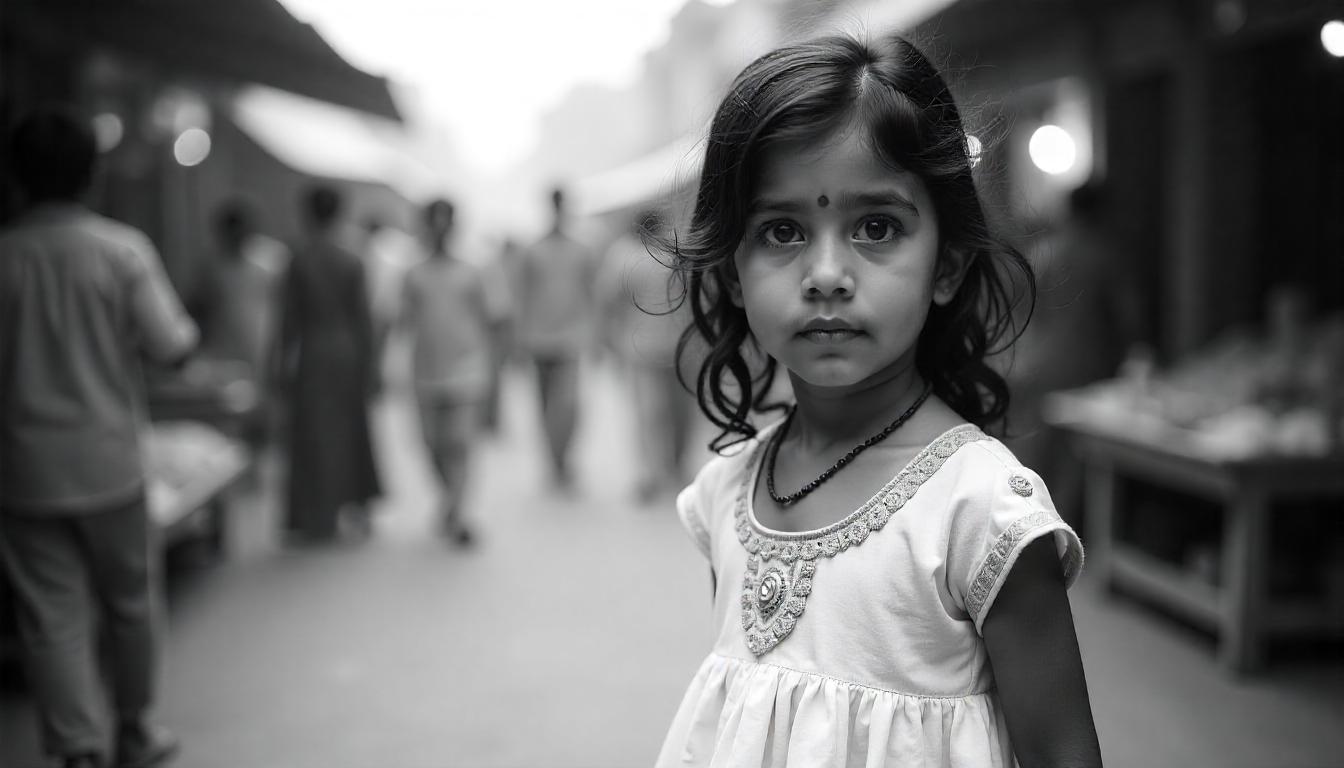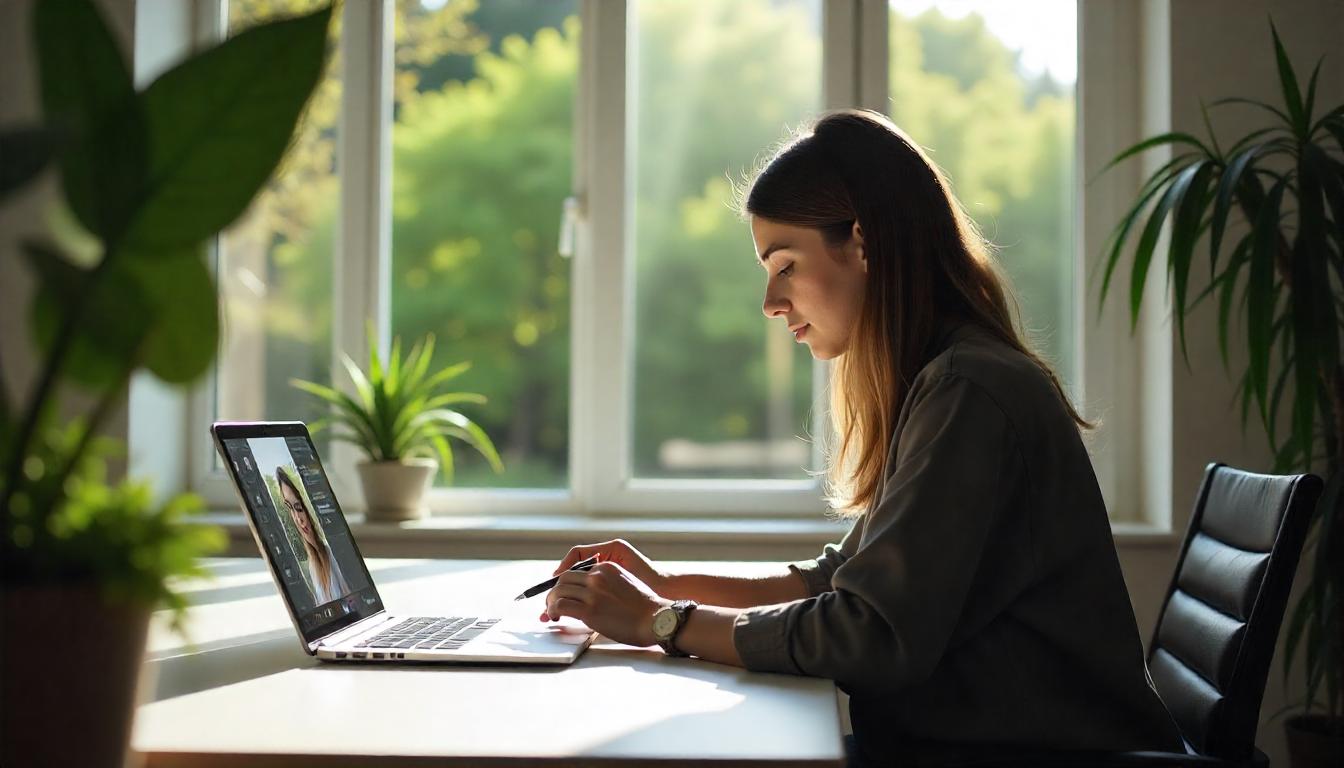The world of photography is undergoing a transformation like never before, thanks to the advent of artificial intelligence (AI). Photo AI, the integration of AI technology into photography, is changing how we capture, edit, and share images. This article delves into the revolutionary impact of AI on photography, highlighting its benefits, applications, and the future of this innovative technology.
The Evolution of Photo AI
AI has rapidly advanced in the photography industry, providing tools and features that enhance both the technical and creative aspects of capturing images. From AI-powered cameras that adjust settings automatically to sophisticated editing software, the capabilities of Photo AI are continuously expanding. One significant breakthrough is AI’s ability to recognise and interpret scenes, objects, and even human faces, enabling more precise adjustments and enhancements.
The Advantages of Photo AI
- Superior Image Quality: AI algorithms can fine-tune exposure, contrast, and colour balance, resulting in high-quality images even in less-than-ideal conditions. This ensures that every shot looks professional.
- Efficiency and Time Savings: Tasks that once took hours, such as detailed photo editing, can now be accomplished in minutes with AI tools. Features like automatic object removal and detail enhancement streamline the editing process.
- Accessibility for All Levels: Photo AI makes professional-quality photography accessible to everyone, from beginners to seasoned pros. User-friendly AI features enable anyone to create stunning images with minimal effort.
- Unleashed Creativity: AI technology empowers photographers to explore new creative horizons. From generating unique artistic filters to composing entirely new images, the creative possibilities are limitless.
Key Applications of Photo AI
- Automated Editing: AI-driven software, such as Adobe Photoshop and Lightroom, leverages machine learning to offer automated editing suggestions, enhancing workflow efficiency and user experience.
- Facial Recognition: AI-powered facial recognition can identify and tag individuals in photos, simplifying the organisation and retrieval of images within large libraries.
- Object Detection: AI can accurately detect and classify objects in images, which is invaluable for photographers in fields like wildlife, sports, and event photography.
- Smart Cameras: Modern cameras equipped with AI can analyse scenes in real-time, selecting optimal settings to capture the best possible image, reducing the need for manual adjustments.
The Future of Photo AI
As AI technology continues to evolve, the future of Photo AI promises even more remarkable advancements. Upcoming innovations may include real-time image enhancement, AI-driven creative tools, and seamless integration with other smart devices. Moreover, ethical considerations surrounding AI in photography, such as privacy and data security, will be essential in shaping the industry’s future.
Conclusion
Photo AI is revolutionising photography, providing unprecedented opportunities for photographers to enhance their skills and creativity. Whether you’re an experienced professional or a passionate amateur, embracing AI technology can elevate your photography to new heights. The future of photography is bright, powered by AI’s endless potential to innovate and inspire.









